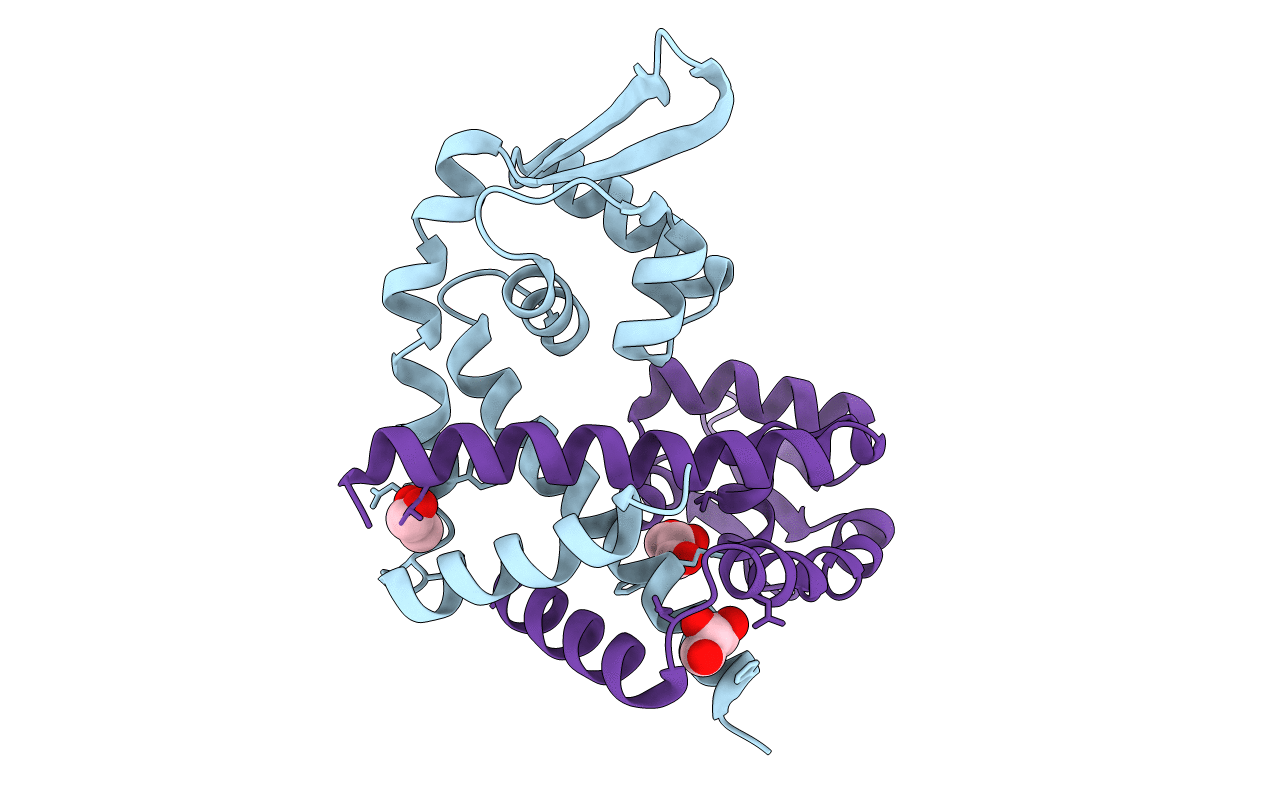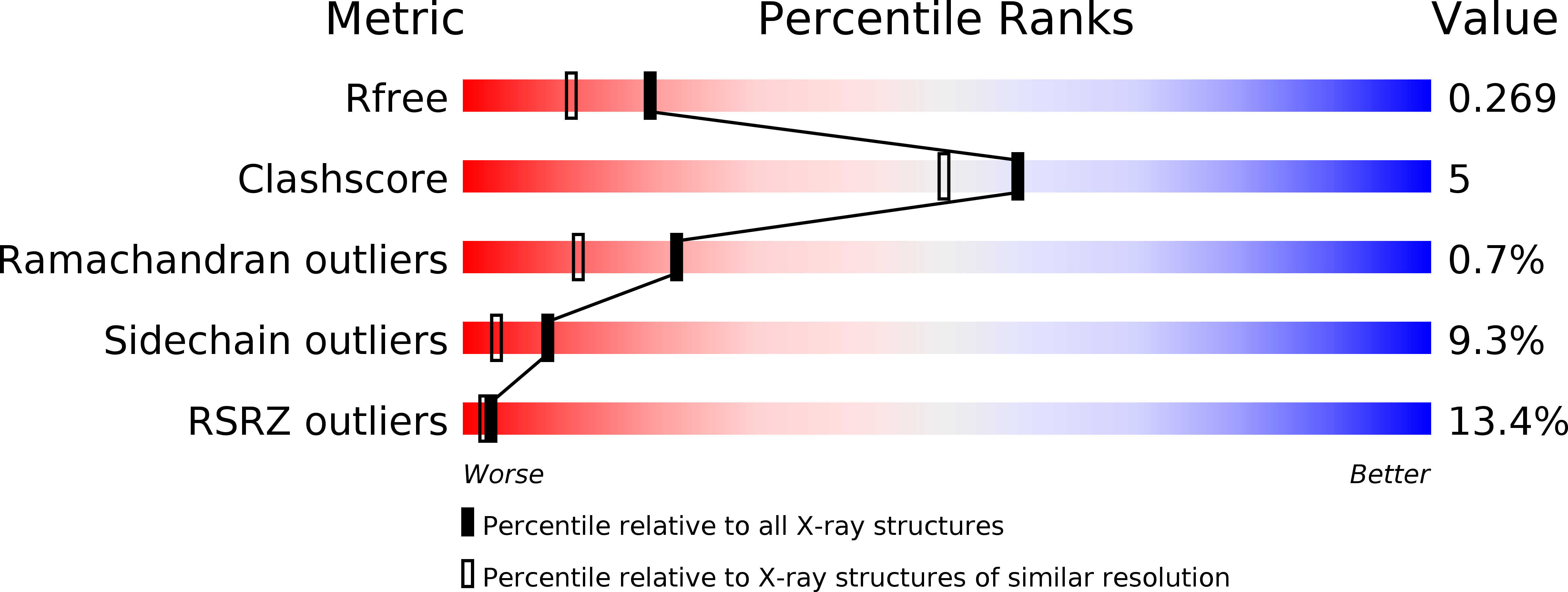
Deposition Date
2012-09-04
Release Date
2012-09-26
Last Version Date
2024-02-28
Entry Detail
PDB ID:
4GXO
Keywords:
Title:
Crystal structure of Staphylococcus aureus protein SarZ mutant C13E
Biological Source:
Source Organism:
Staphylococcus aureus (Taxon ID: 426430)
Host Organism:
Method Details:
Experimental Method:
Resolution:
2.05 Å
R-Value Free:
0.27
R-Value Work:
0.22
R-Value Observed:
0.22
Space Group:
P 21 21 21


